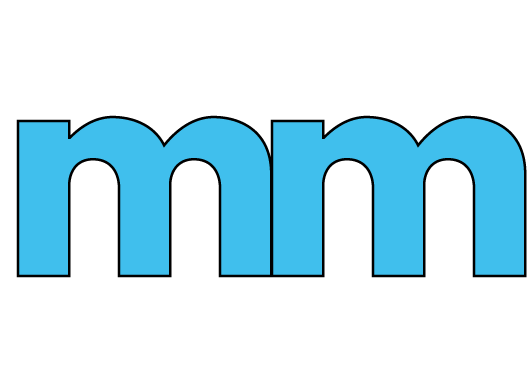It is has been a while since I posted. Wanted to get back into it during the busiest time of the year!
In the last few weeks, I have been reflecting on a couple of books and a training that I went through almost five years ago. I was fortunate to attend a Schlechty Center training opportunity entitled, “Engaging the Net Generation.” This two-day training, and two
First, I had to figure out what engagement is. What does engagement look like? How do students respond? How do I take a subject and make it more engaging?
Schlechty offers a definition of student engagement as a student that is attentive and focused on the work being done, is committed to completing the task without the promise of an extrinsic factor and will utilize scarce resources to do it, is persistent in their effort to complete the task, and finds meaning and value in the tasks (Schlecthy, 2011). While this may seem overly complicated, the biggest ideas from the definition are that if a student finds value and meaning in the work, they will devote the necessary resources to completing it, even if it means trying multiple times. I believe that this is the goal of almost every teacher to enter the teaching practice since Plato.
After learning this definition of engagement, it opens up an understanding of the five different levels of engagement according to Schlecthy.

The five levels of engagement according to Schlechty help teachers identify where their students are at in relation to engagement on specific assignments or tasks. When a student is engaged, it is almost authentic in their excitement to complete the work. They pay great attention to it, never ask “is this graded?” and continue to attempt it even after setbacks. I love to think of this as something like a video game that students play. When a student is engaged with a game, they will try the same level over and over again to get to the next level. They learn from each mistake and work to overcome the obstacles in front of them. If a student was engaged with an assignment this way, they would demonstrate similar characteristics. Think of Ritual Engagement as the students that pay attention but don’t necessarily try their best on assignments. They are in it for the grade and because they know that they have expectations on them at home.
As you continue up the pencil, you get into where students are less and less engaged and some of the troubling behavioral problems start to occur more frequently. A student that is in retreatism is one that is likely to put their head down and not do anything. A student in rebellion is likely to talk with others, cause other disruptions, or divert their attention to something else. Working with these students can be a challenge, but one of many things to consider with these students is, according to Schlechty, the work.
